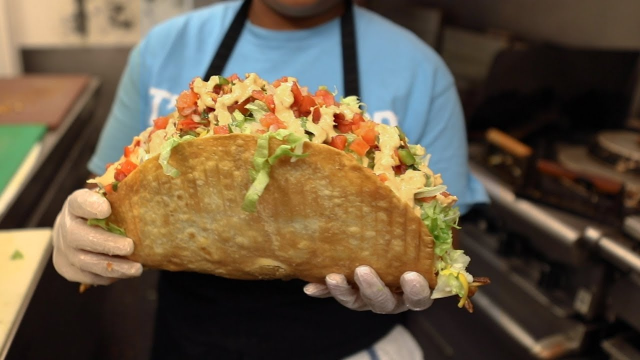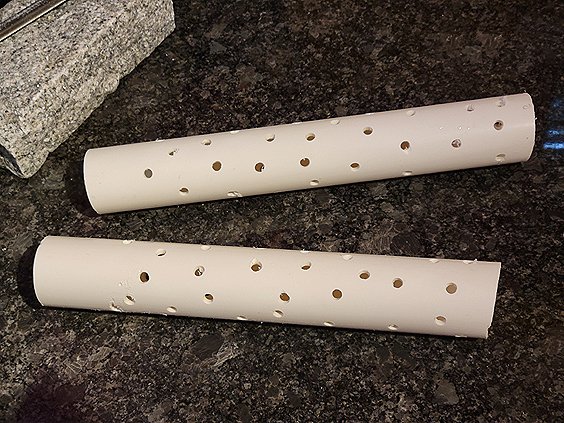Okay, I am trying to understand this design. The PVC pipes are not drilled or swiss-cheesed, so water must enter at the bottom of the pipe to be drawn up to and ejected by the pump. I had thought you were going to wrap the pipe with three successively finer layers of foam/sponge, and drill the pipes?
The way it is, if the water enters at the top, it must go through the finest layer first, when the logical method would be to have it go through the coarsest layer first and the finest last, before finally reaching the bottom the intake for the pump. But...the vases have those open sides...so virtually all the water will simply enter through the sides at the bottom. I don't think much or any water will actually penetrate through the middle or top layers until the bottom is thoroughly clogged.
Where does the BioBale go? That stuff looks interesting, but how are you utilizing it here? I admit it...I'm lost here.
If you want to connect the strainer to the bottom of the powerhead shown in the last pic, you should be able to use two-part epoxy. Personally, I would just coat the intake area of the pump with some kind of release agent...silicone spray, perhaps...and then put a heavy glob of silicone on it and just push the strainer pipe over it. Let the silicone cure, pull the strainer off, and then clean off the release agent. This should give you a tight friction fit, which is really all you need, but will still allow you to easily twist the thing apart for future cleaning or mods. It would probably even work by simply wrapping electricall tape around the pump intake to create a semi-tight fit.
The way it is, if the water enters at the top, it must go through the finest layer first, when the logical method would be to have it go through the coarsest layer first and the finest last, before finally reaching the bottom the intake for the pump. But...the vases have those open sides...so virtually all the water will simply enter through the sides at the bottom. I don't think much or any water will actually penetrate through the middle or top layers until the bottom is thoroughly clogged.
Where does the BioBale go? That stuff looks interesting, but how are you utilizing it here? I admit it...I'm lost here.
If you want to connect the strainer to the bottom of the powerhead shown in the last pic, you should be able to use two-part epoxy. Personally, I would just coat the intake area of the pump with some kind of release agent...silicone spray, perhaps...and then put a heavy glob of silicone on it and just push the strainer pipe over it. Let the silicone cure, pull the strainer off, and then clean off the release agent. This should give you a tight friction fit, which is really all you need, but will still allow you to easily twist the thing apart for future cleaning or mods. It would probably even work by simply wrapping electricall tape around the pump intake to create a semi-tight fit.








